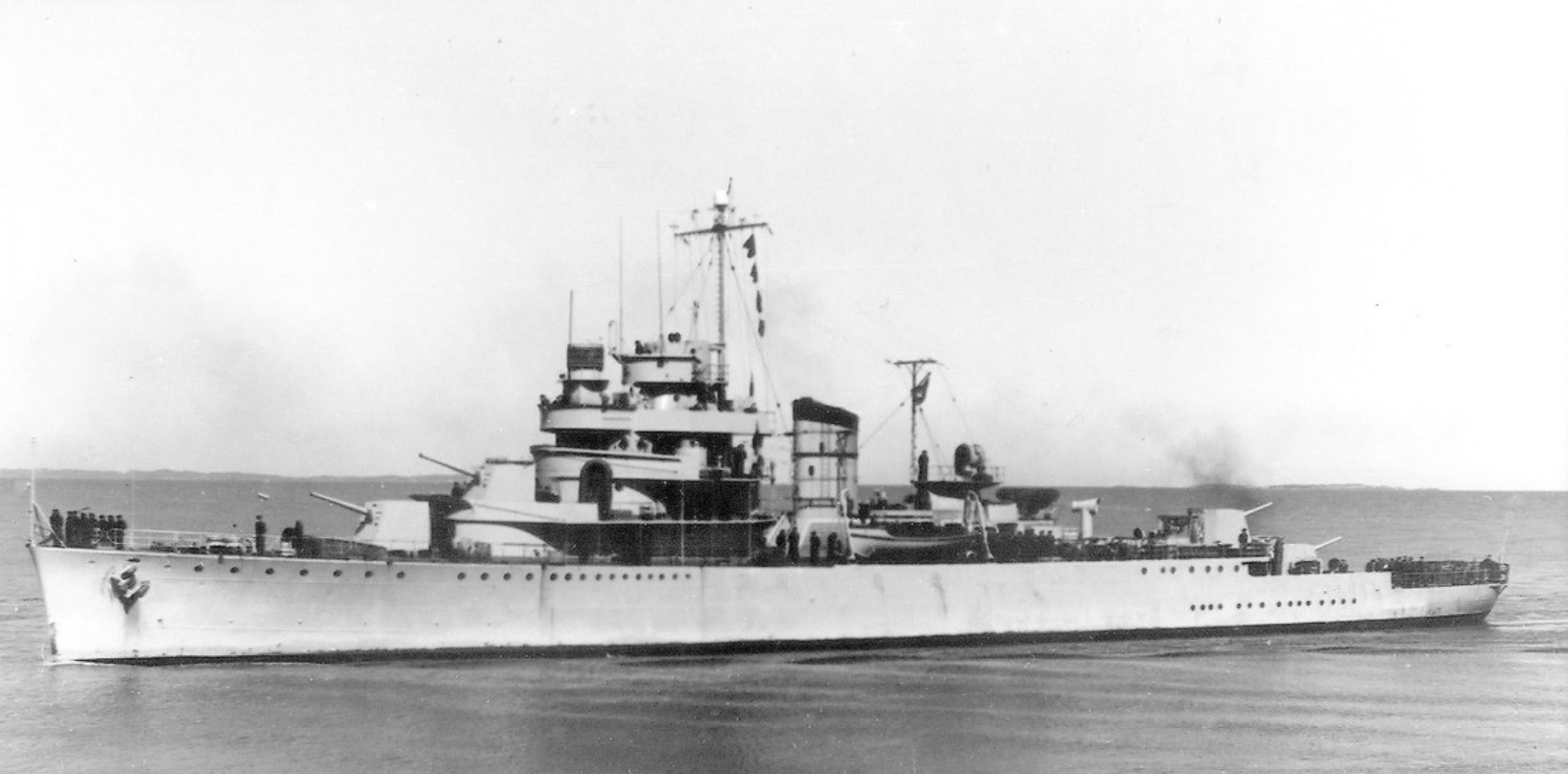Derived from earlier Bofors SP designs, these Wilton-Fijenoord cannons are often described as being 50 calibers long, even in contemporary documentation. These guns had a shorter barrel length and higher maximum elevations to allow for anti-aircraft defense. The Mark 6 guns designed for the sloop Van Kinsbergen were originally intended in November 1935 to have a maximum elevation of 60 degrees. This may have been too ambitious and by April 1936 blueprints show a maximum elevation of 45 degrees. The final drawings of 1939 show maximum elevation of 55 degrees. The Mark 6 was also planned for the Gerard Callenburgh class destroyers.
German reports state that four 12 cm/45 Mark 6 single mounts were captured. S/N #5 was from the uncompleted Tjerk Hiddes, S/N #6 and #8 were in storage and S/N #7 was missing the breech mechanism. One of these guns was used to arm the destroyer ZH1 (ex-Gerard Callenburgh, which was captured by the Germans in 1940).
Mark 7 was used to arm the minesweeper Willem van der Zaan. The mountings for these guns may have been built by Bofors as the front of the shields are curved which is only seen on the shields of other Bofors mountings (such as the ones on Polish ships).
The Mark 8 was used only on ships captured or built for the Germans during World War II. One of these ships, the gunboat K3, survived the war and was then commissioned into the Netherlands Navy as HNLMS Van Speijk.
The Germans captured twelve completed and six uncompleted Mark 8 twin mounts. Of the completed mountings, six were used as armament on the K1 class gunboats, two were used on ZH1, two were from the scuttled Tjerk Hiddes, and two were part of Battery Falga at Hoek van Holland.
The Mark 8 was constructed with a loose barrel, jacket and removable breech ring and had a horizontal sliding breech-block. The design was a derivative of the Mark 6 gun and used the same ammunition.
The Mark 9 guns were intended for the Design 1047 battlecruisers and the "kannoneerboten 1938" gunboats. Two guns were recovered at Wilton-Fijenoord post-war. Examination found that they could be converted to Marks 6 through 8 with small adjustments.
A Note on Sources: The Mark 9 guns were to be used in a twin triaxial stabilized mounting. This is described in "Naval Weapons of World War Two" pg. 384 as: "An experimental twin triaxial mounting built by Bofors. This weighed 58mt (57 tons) and was criticised by the Germans as the cross-level axis carried not only most of the shield but also the very heavy casing for the dredger hoists." This description seems to be supported by a Netherlands sketch of the 1938 gunboat mounting (see below) which shows a barbette extending down into the ship. A barbette would be needed only if it was for protecting the shell hoists.
Actual bore size was 12 cm (4.724").
| Designation | Wilton-Fijenoord 12 cm/45 (4.7") Marks 6, 7, 8 and 9 |
|---|---|
| Ship Class Used On | Netherlands
Van Kinsbergen and Gerard Callenburgh class: Mark 6 Willem van der Zaan: Mark 7 Mark 8: Gerard Callenburgh class Mark 9: Design 1047 battlecruiser and 1938 gunboats German captured ships
|
| Date Of Design | About 1937 |
| Date In Service | 1939 |
| Gun Weight | Marks 6 and 7: 6,482 lbs. (2,940 kg) |
| Gun Length | 217 in (5.520 m) |
| Bore Length | about 212.6 in (5.400 m) |
| Rifling Length | N/A |
| Grooves | N/A |
| Lands | N/A |
| Twist | N/A |
| Chamber Volume | N/A |
| Rate Of Fire | 10 rounds per minute |
| Type | Fixed |
|---|---|
| Weight of Complete Round | HE: 70.5 lbs. (32 kg)
Starshell: 75.0 lbs. (34 kg) |
| Projectile Types and Weights | HE: 46.3 lbs. (21 kg)
Starshell: N/A |
| Bursting Charge | N/A |
| Projectile Length | N/A |
| Propellant Charge | N/A
Cartridge: 18.3 lbs. (8.3 kg) [empty] |
| Muzzle Velocity | HE: 2,625 fps (800 mps) |
| Working Pressure | N/A |
| Approximate Barrel Life | N/A |
| Ammunition stowage per gun | N/A |
| Elevation | Distance |
|---|---|
| 45 degrees | 17,500 yards (16,000 m) |
| Designation | Single Half shield Mounts
Mark 6: Van Kinsbergen (4) and Gerard Callenburgh / ZH1 (1) Mark 7: Willem van der Zaan (2) Twin Mountings
|
|---|---|
| Weight | Van Kinsbergen Mark 6: 46,154 lbs. (20,935 kg) including the shield and platform 1 Gerard Callenburgh Mark 6: about 28,660 lbs. (13,000 kg) including shield and platform 1 Mark 7: 20,393 lbs. (9,250 kg) including the shield and platform Mark 8: 48,072 lbs. (21,805 kg) including the shield and platform Mark 9: Battlecruiser: 58 tons (57 mt) Mark 9: 1938 gunboats: N/A (these had thinner armor than the battlecruiser mountings) |
| Elevation | Mark 6: -10 / +55 degrees
Mark 7: -10 / +55 degrees Mark 8: -10 / +45 degrees Mark 9: -10 / +80 degrees |
| Elevation Rate | Marks 6, 7 and 8: Manually operated, only
Mark 9: N/A |
| Train | about +120 / -120 degrees |
| Train Rate | Marks 6, 7 and 8: Manually operated, only
Mark 9: N/A |
| Gun recoil | Marks 6, 7 and 8: About 19.7 in (50 cm)
Mark 9: 20.5 in (52 cm) |

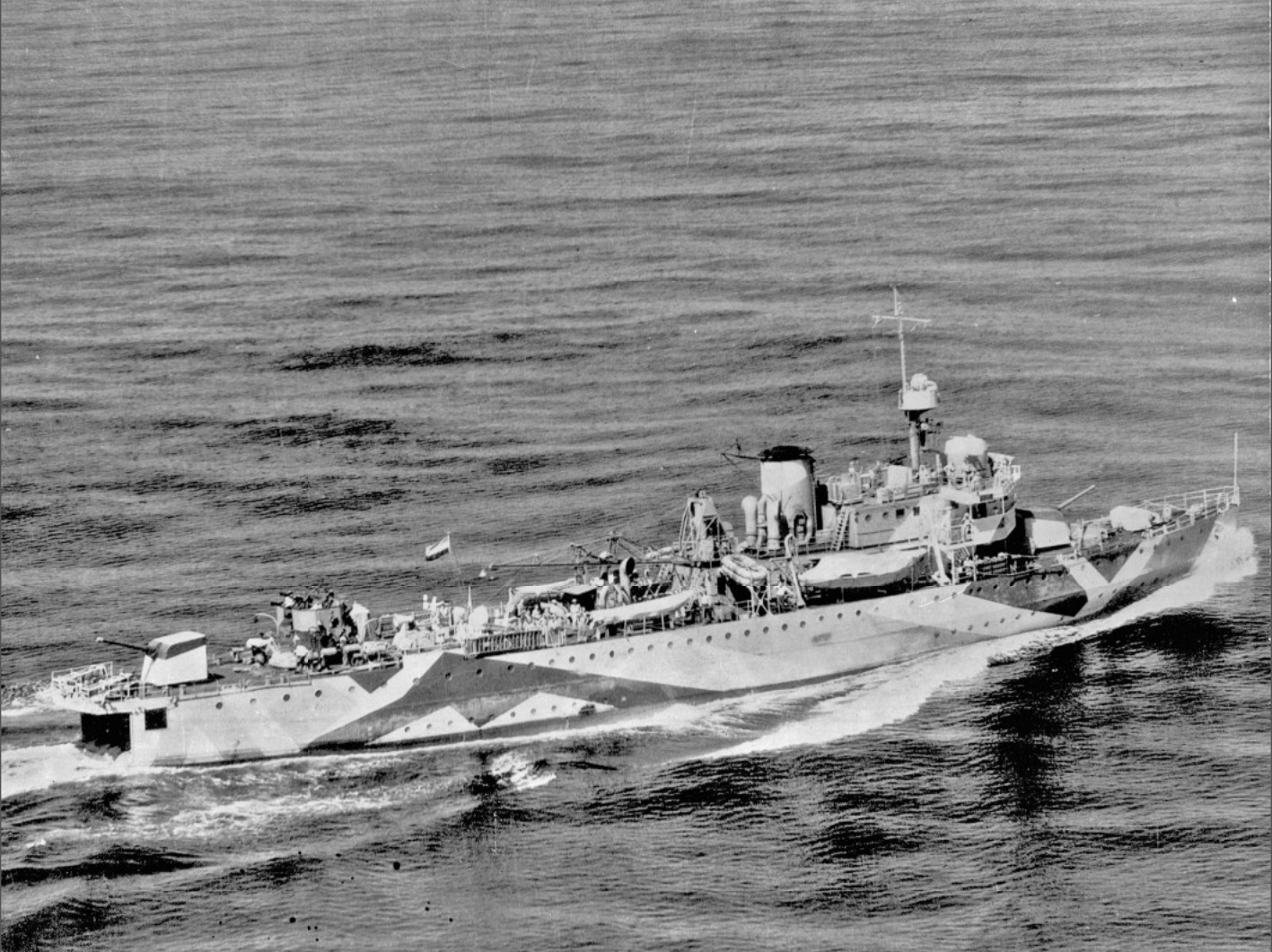
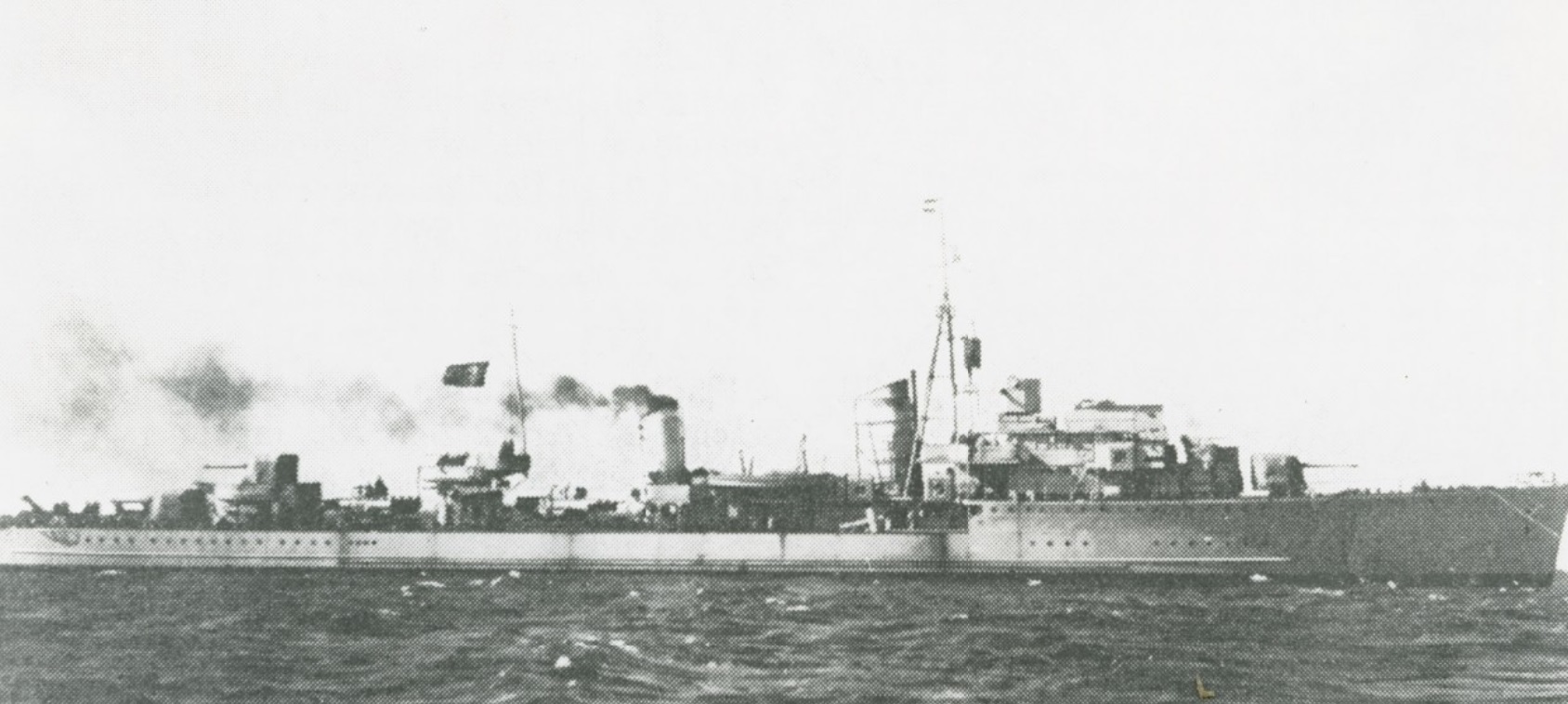
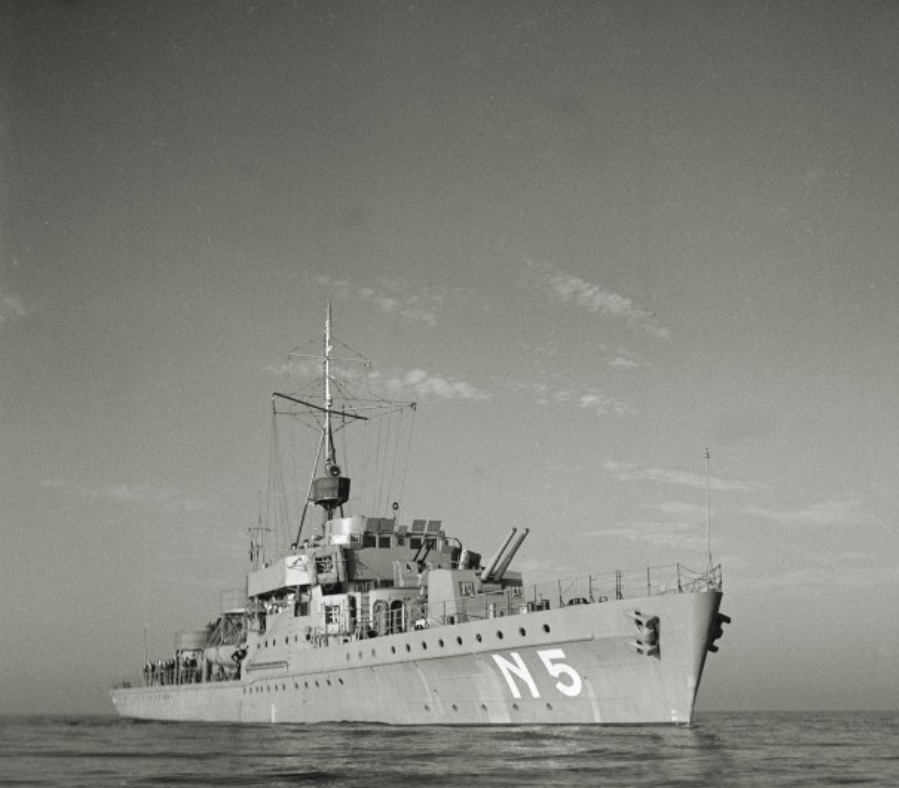
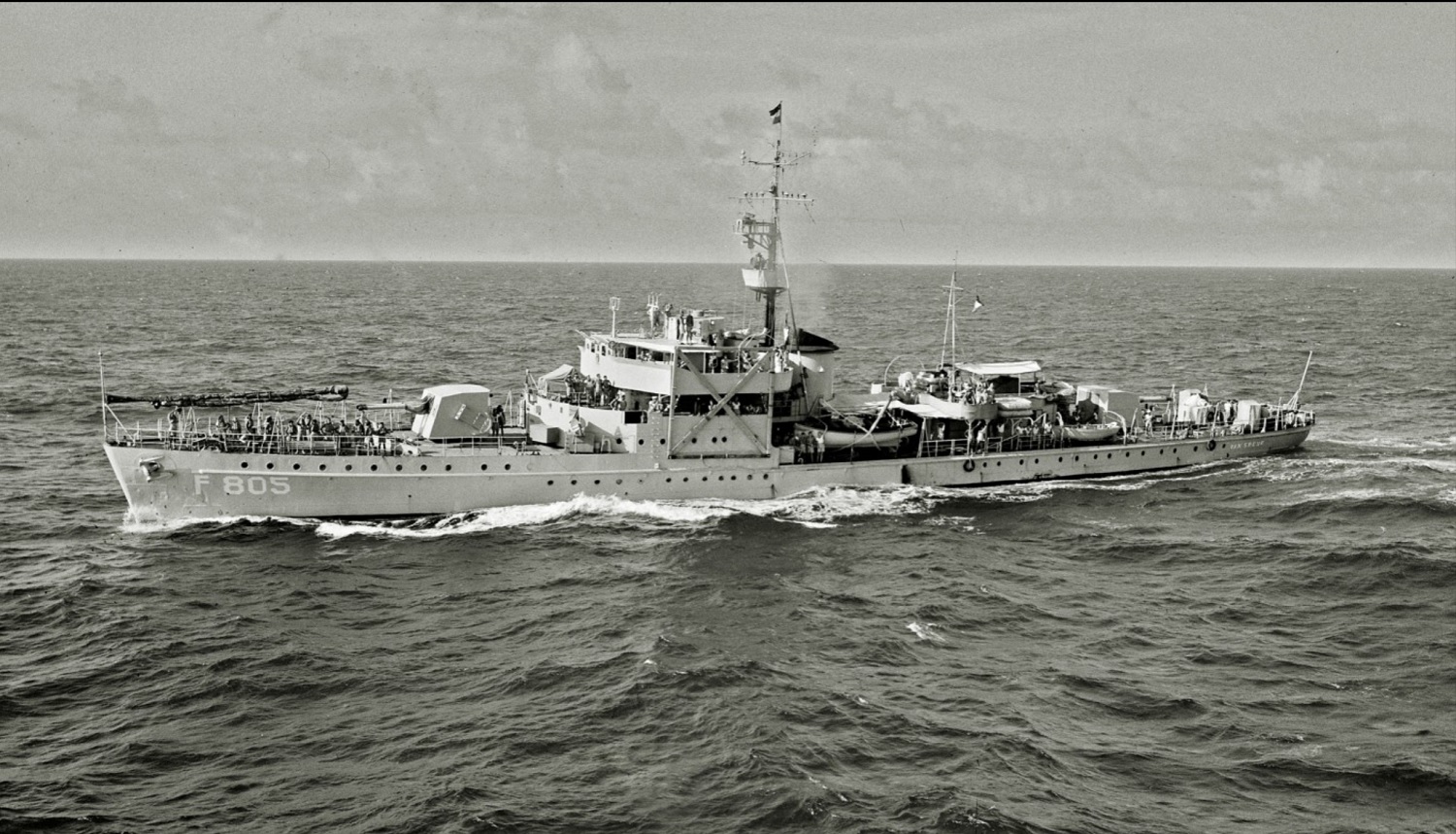
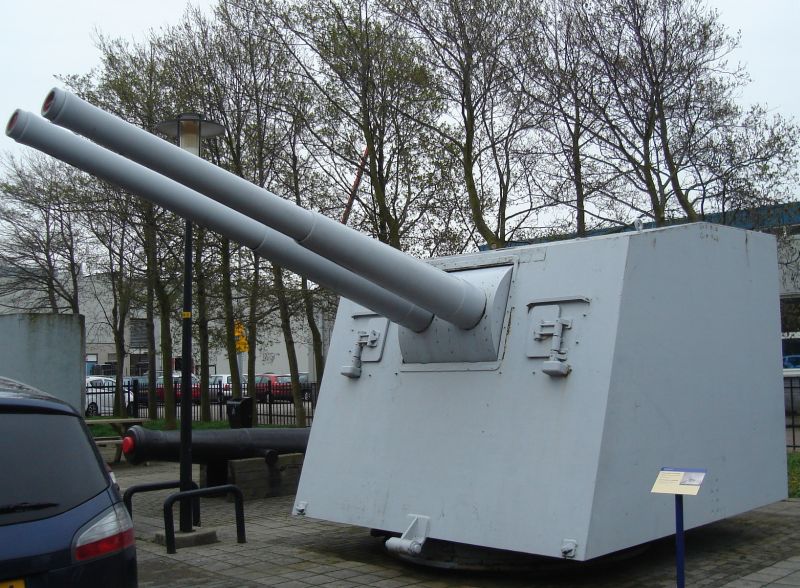
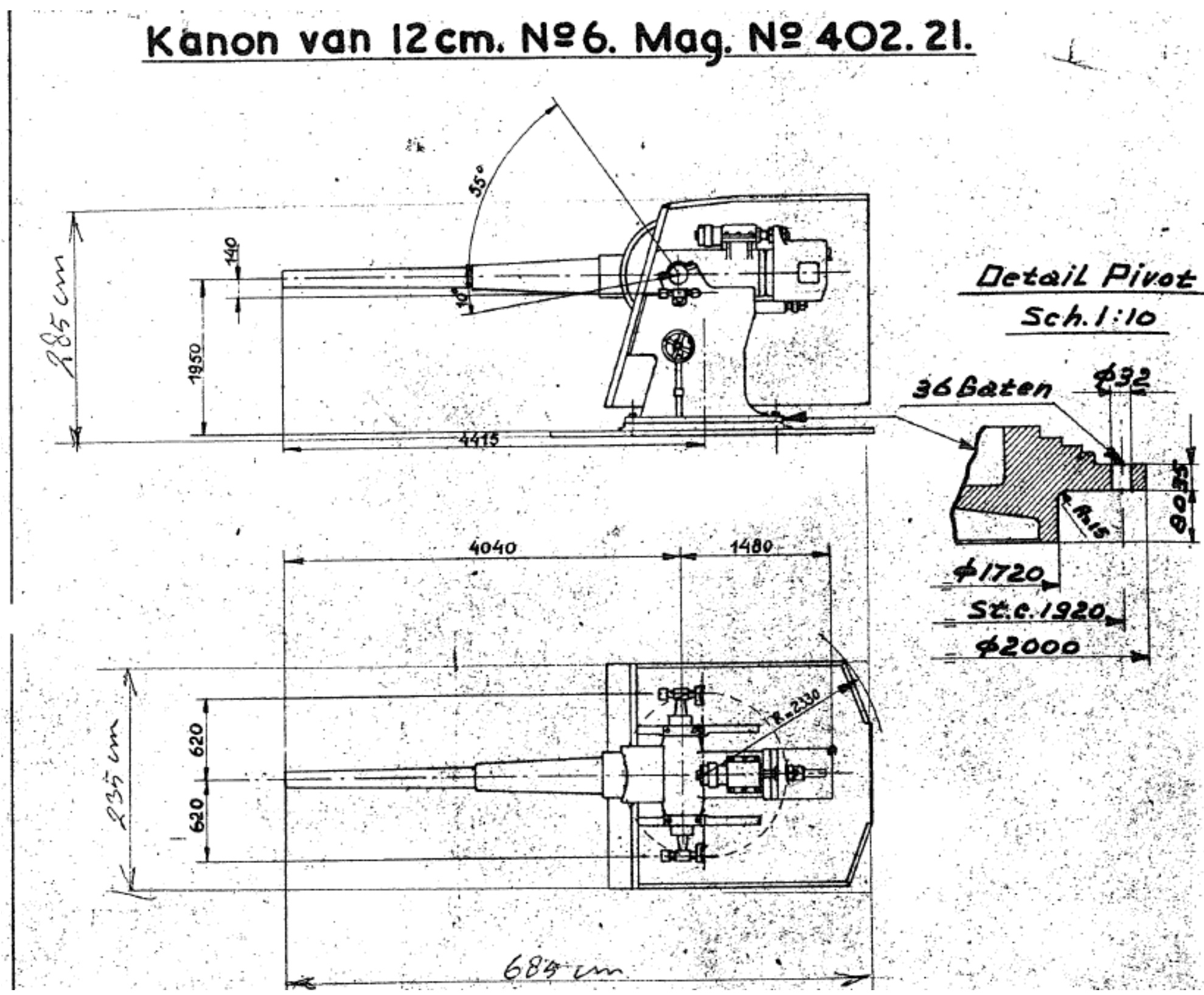
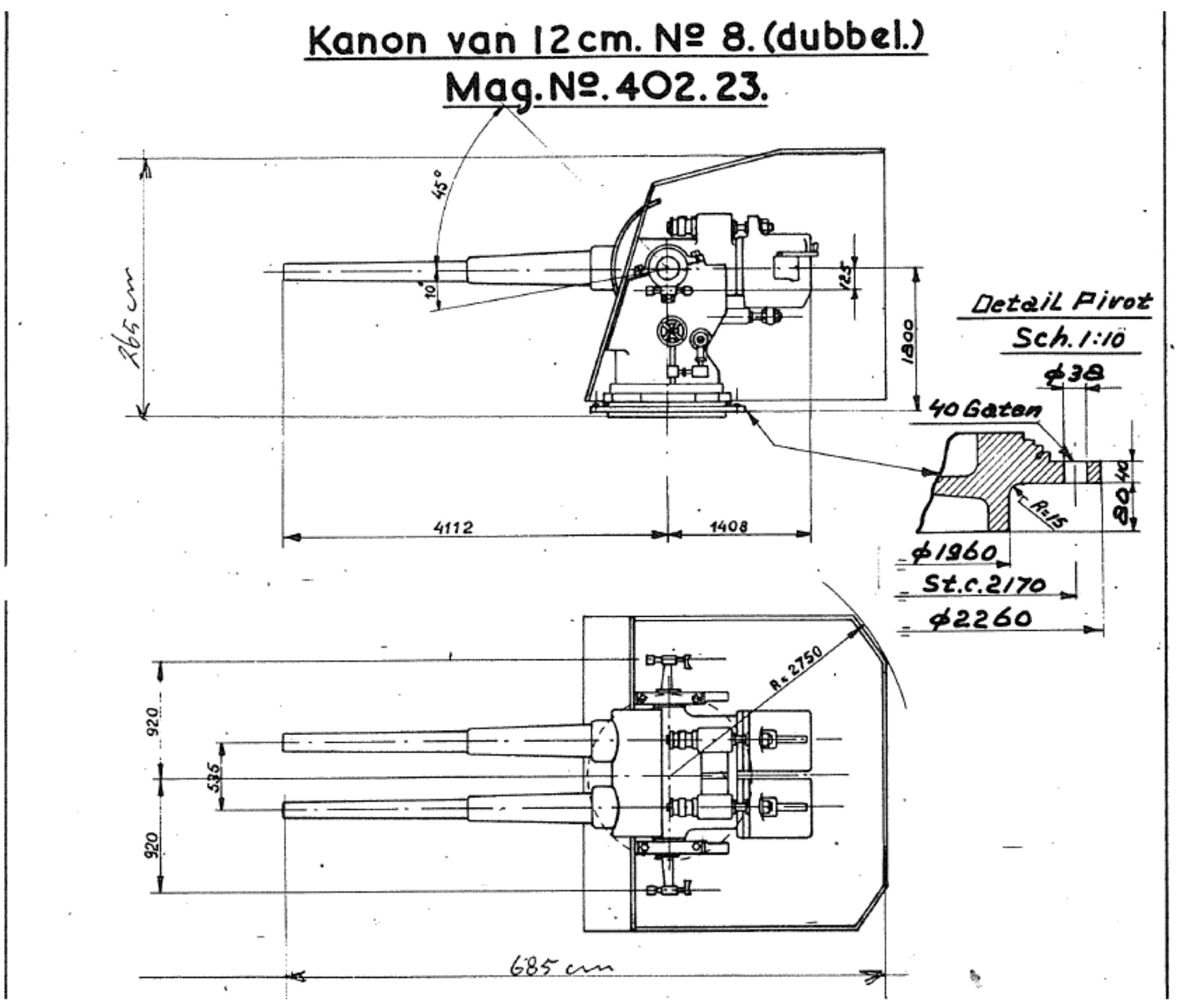
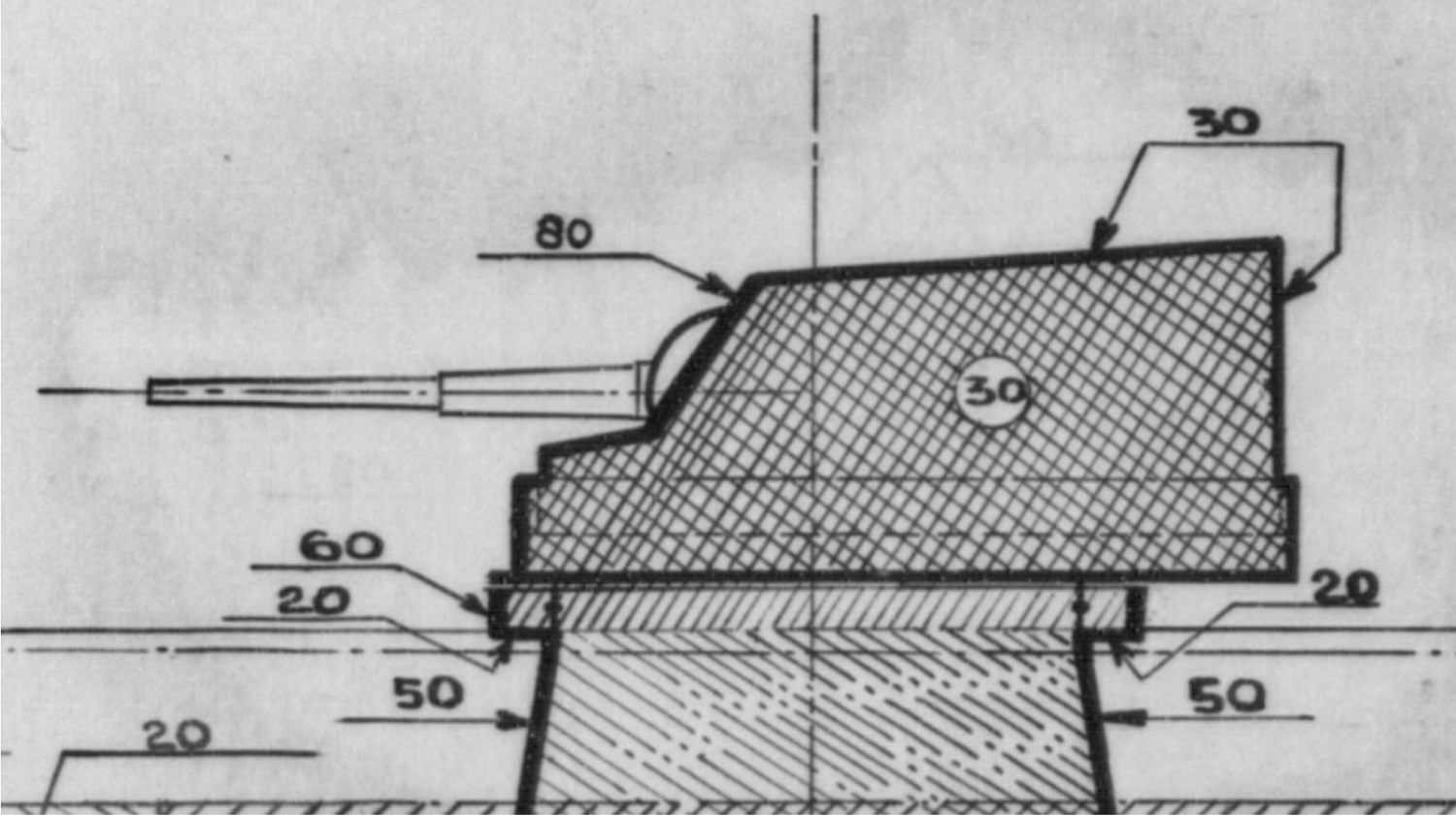
"Dutch Naval Weapons of the early 20th Century" by Stefan Boon (unpublished manuscript)
"Naval Weapons of World War Two" by John Campbell
"Destroyers of World War Two" by M.J. Whitley
---
Collection of Netherlands Institute for Military History (NIMH) Photographs (Dutch Language)
01 August 2006 - Benchmark
24 May 2023 - Converted to HTML 5 format, added details on gun construction, ammunition and mountings, added sketch and
photograph of Gerard Callenburgh / ZH1, Willem van der Zaan and K3, added sketches of Mark 6, Mark 8 and Mark 9 mountings

